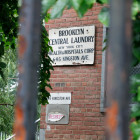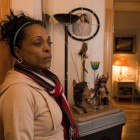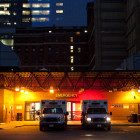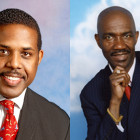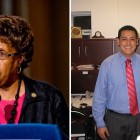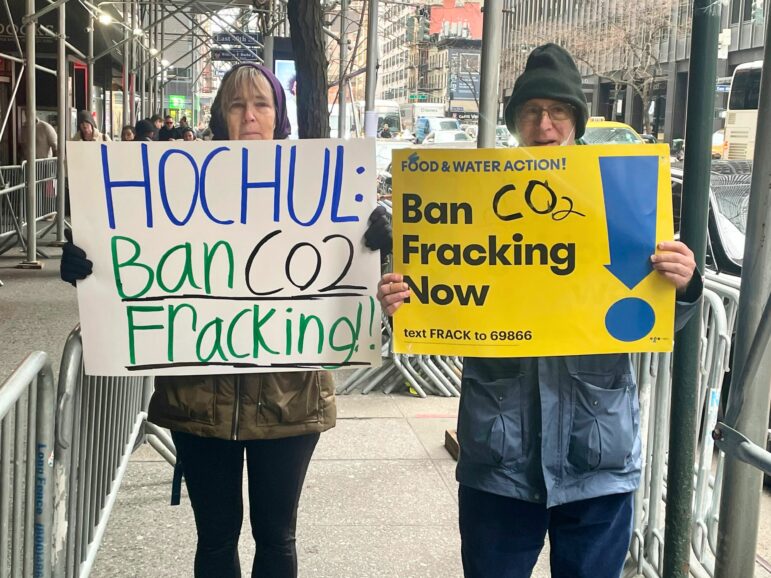If New York City faces another catastrophe on the scale of September 11, city residents now are more prepared for the aftermath. The question is: Are our primary care health centers, churches, businesses and other community institutions charged with taking care of us? On June 2, that question brought together a spirited group of 36 community leaders and professionals living, working in or representing Manhattan’s Community District 5, which roughly encompasses the area south of Central Park between Lexington Avenue and 8th Ave from Columbus Circle to Union Square. During a six-hour meeting, the group drafted a plan–one of only five district-level plans that have been crafted in the city– to enhance the area’s emergency preparedness by coordinating the sharing of medicines, health professionals and other resources.”There should be criteria to access the resources so no one can hoard [them]” a middle-aged woman told the group, which sat clustered around her in a nearly empty auditorium. “There should be criteria for how you access what you need and organizations should be held accountable for the resources that they use.”A man who sat nearby – David Fortino, the Region II program manager of Citizen Corps, a division of the Federal Emergency Management Agency (FEMA) that coordinates volunteer emergency response teams – raised an additional issue.


